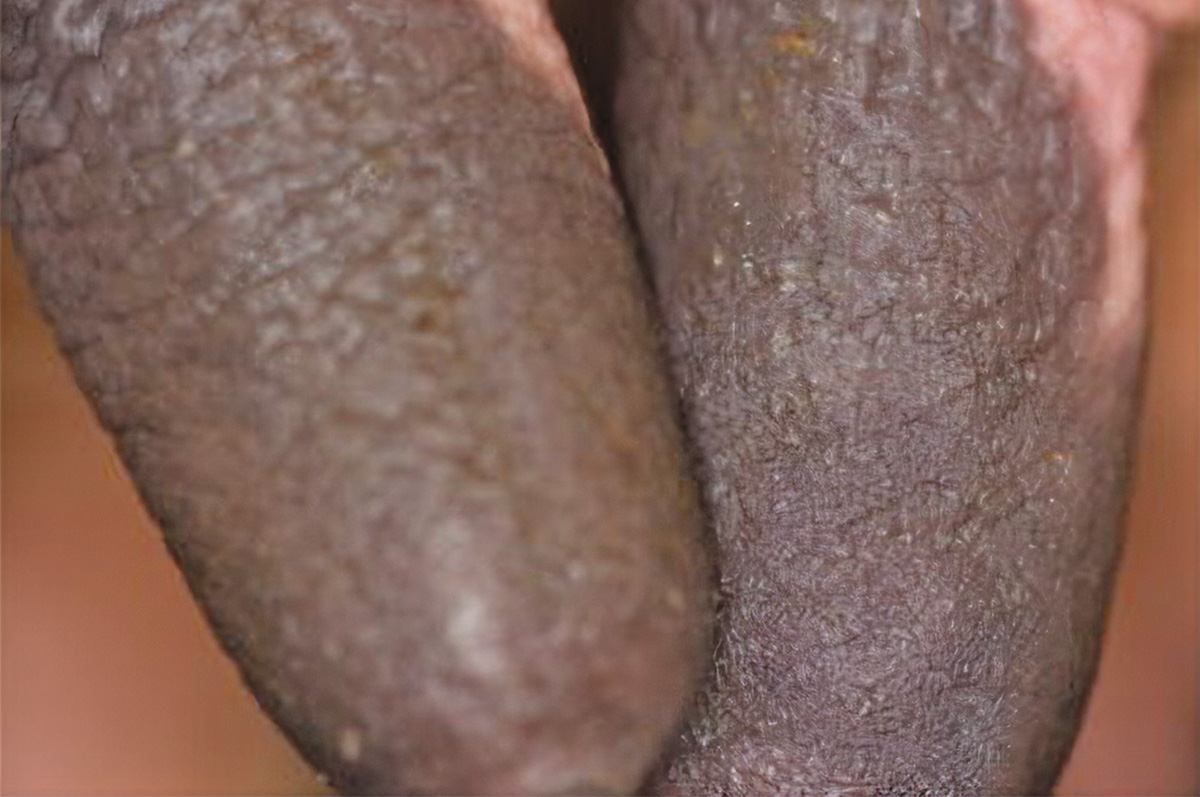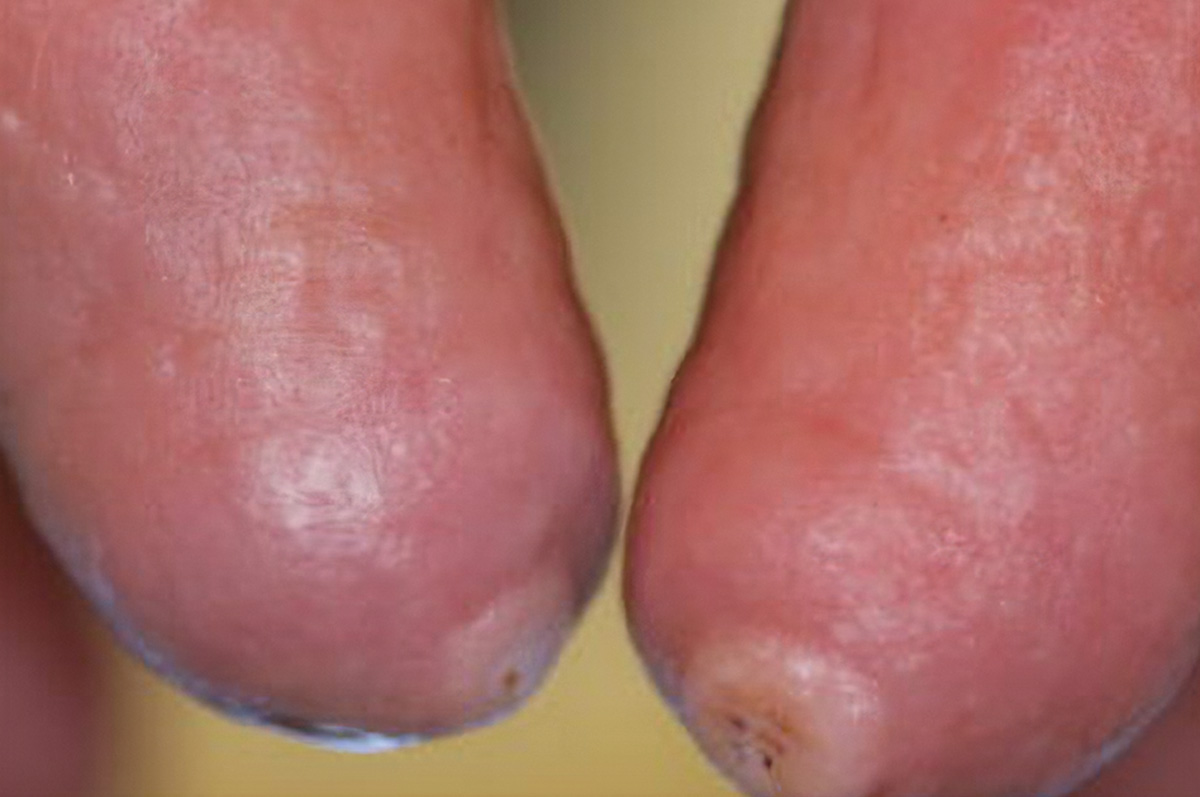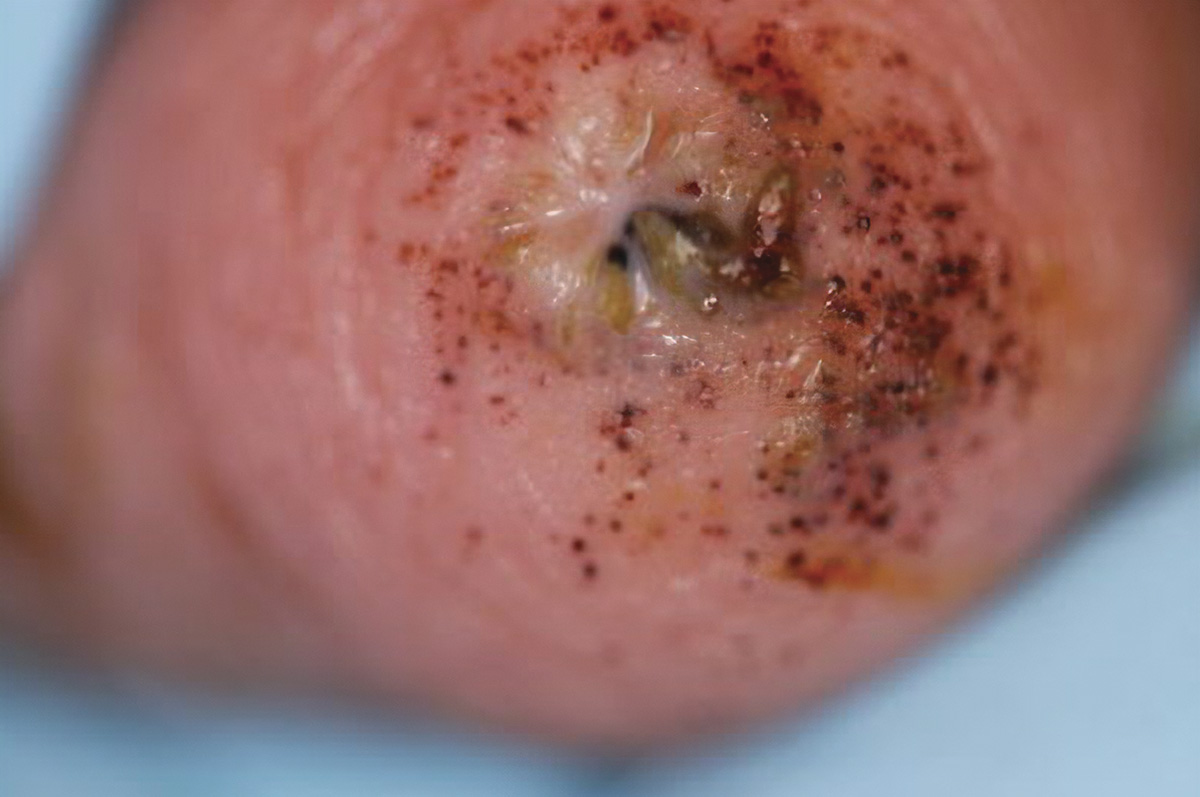Teat health is an important piece of the puzzle when it comes to achieving excellent milk quality, right alongside udder health and proper milk harvest techniques.
The teat canal and teat ends are physical barriers to invasion of bacterial pathogens into the udder and truly can be thought of as the first line of defense in preventing mastitis. Milking inflations, milking machine effects and teat germicides, along with environmental exposures, will change teat tissue and integrity over time, which can compromise their ability to combat infection. For these reasons, it is vitally important to take steps to maintain healthy teat condition.
Teat health metrics
When it comes to assessing teat health, most people will immediately think of teat-end scoring and overall skin condition of the teats. These are indeed important key performance indicators of how the teats are doing, but, in my experience, how frequently they are being assessed is infrequent at best and in many cases, never.
I think it is important to define some thresholds of what a “normal” teat should look like and how we should be assessing teat condition on the farm. When should producers be concerned about teat health on their dairy?
First, let’s talk about normal teats (Photos 1 and 2). While there is variability, the typical range of normal teats will be smooth in appearance, without any evidence of chapping, drying or cracking of the skin on the barrel of the teat. Color will vary by breed but should be pink or black; any discoloration of teats that is reddened or blueish in appearance is abnormal. Additionally, black-pigmented skin should not be confused with black discoloration due to scabbing, healing cuts or lesions. Teat ends should appear flat and smooth, without any shape distortion before milking.

Photo 1. Courtesy photo.

Photo 2. Courtesy photo.
Healthy teats can be readily identified, but what is easy to overlook or downplay is slight changes to skin condition, such as drying or mild chapping (Photo 3). These teats may not present an immediate threat, but the skin is compromised and can progress to more severe damage, such as cracking or severe chapping. Cows with damaged teat skin are both difficult to milk and likely to experience longer unit-on times. Furthermore, cracks in the skin will allow bacteria to hide, making it impossible to properly disinfect the teats prior to milking and increasing risk of infection. In particular, the contagious pathogen Staphylococcus aureus is renowned for taking advantage of compromised teat health.

Photo 3. Courtesy photo.
Herds where S. aureus is present and may be simmering are most at risk of outbreaks occurring because of moderate to severe skin damage events, though there is risk to all herds of this happening. The same can be said of teat-end condition. What I frequently see on many dairies are teat ends that are still smooth but have begun the process of callousing, with moderate to thick rings around the orifice (Photo 4).

Photo 4. Courtesy photo.
While these teats may look innocuous at the time, they are in fact in the early stages of hyperkeratosis, which is excessive keratin growth on the end of the teat leading to the classic cracked appearance associated with rough teat ends (Photo 5). Like cracks on the teat barrel, these are opportune places for bacteria to hide where germicide will not reach them. Bacteria can easily gain access to the udder from this point, increasing the likelihood of intramammary infection.

Photo 5. Courtesy photo.
There are other key performance metrics for monitoring teat health as well: swelling at the teat base, swelling at the teat end, open lesions, and vascular damage or pinpoint hemorrhaging known as petechiae (Photo 6).

Photo 6. Courtesy photo.
For most of these metrics, an ideal goal is to have less than 20% of teats scored fall within any given metric, but there are more stringent thresholds for more severe teat damage metrics, such as petechia and open lesions, where the ideal goals are less than 10% and less than 5%, respectively (Table 1).

This raises the important question of how many teats should be scored within a given herd to be considered a reasonably accurate representation. If time and herd size allow, the entire herd should be scored. However, larger herd sizes will prohibit this in most scenarios, in which case a random sample of at least 20% of the herd should be scored.
Accuracy will increase with sample size, and randomization is key. Utilize a randomization system to represent either the entire herd or all the cows in the groups of interest. Take into account that high-producing cows and cows in peak lactation will have more teat-end roughness than lower-producing or late-lactation cows. This is important for determining true statistical prevalence of a teat health problem.
What affects teat health?
There are both infectious and noninfectious factors that influence teat health, with the latter being more common and what I will focus on in this article. In short, everything that touches the teat influences teat health. We can categorize this statement into broad categories: milking machine effects, teat germicides, environmental exposure and teat injuries.
Milking parlor exposures
When a dairy cow enters the parlor to be milked, this is often her time of greatest exposure and risk to many factors that can adversely affect milk quality, not least of which is the milking machine. Milking systems that are properly maintained and optimized should milk cows out efficiently and without stress, discomfort or physical damage to the animal.
When machine performance is compromised, the risk of damage to teat health increases. Vacuum level, pulsation and overmilking will all have significant effect on the health of teats, which may appear as discoloration (redness or blue), swelling of the teats and increased roughness of teat ends. Pulsator failures will result in teats having prolonged exposure to vacuum, without massage of the teat, therefore petechia and teat edema may be observed as well.
Milking equipment companies performing parlor maintenance for a dairy will often include vacuum and pulsation checks as part of their service. However, depending on the maintenance schedule, these checks may only be performed once per month or even less frequently. Within that interval, hundreds of milkings may take place with compromised equipment, if a part has failed, and damage will be done to those animals. Training an employee or manager on the farm to perform more frequent checks can help alleviate this risk and optimize parlor performance by attending to any equipment failures in real time.
Cows also encounter risk when it comes to disinfection of the teats. Proper cleaning and application of germicides to teats before and after milking are important and required steps for maintaining good milk quality. Unfortunately, they also create an opportunity for risk of chemical damage to teat skin. There are several scenarios in which teats might be damaged accidentally due to chemicals burns, but the most common will result from improper mixing of disinfectants.
Historically, most teat disinfectants were delivered to farms as ready-to-use (RTU) from the manufacturer. Today, we regularly have teat disinfectants delivered as concentrates or two-part chemistries, which require mixing in the field. This is beneficial for both distributors and producers to reduce the cost of transportation of products, but it does necessitate on-farm mixing. A concern with this is cows could be exposed to undiluted concentrations, which are strong enough to damage skin, if pumps are not behaving properly. An even greater hazard is present on farms using udder wash or automatic backflush or drop hose chemicals. These chemicals are always delivered in concentrate and designed to be mixed with water, therefore they are extremely potent when undiluted, easily capable of burning teat skin. If mixing processes are not monitored weekly or even daily for pump accuracy and function, improper mixing may occur.
Exposures outside the parlor
The other factors that influence teat health occur outside of the milking parlor. These are environmental exposures and teat injury. In general, cows that live outside on open-lot dairies will be more at risk to the environmental factors than cows that live in freestall barns. Teats that are damaged by exposure to the three primary weather conditions that affect teats (sunburn, frostbite, prolonged wet and wind) will usually be observable as dry, chapped and in severe cases, cracking. As with any time skin is compromised, this immediately creates an opportunity for bacteria to move in. Frequently, a dramatic improvement in teat condition can be achieved with use of higher-conditioning teat disinfectant during certain seasons. It is also beneficial to use as-needed, specially formulated “winter dips” for particularly cold and windy conditions when there is high risk for frostbite.
Teat injuries apply to both open-lot and freestall environments. Damage from animals may be self-inflicted, such as biting teats or accidentally stepping on teats when standing, or from other animals such as cross-sucking. These behaviors may be exacerbated by overcrowding, incorrectly sized stalls, irritated skin or even biting insects. These types of injuries typically result in lesions or even partially severed teats, which again opens the opportunity for bacterial infections. In addition to S. aureus, environmental streptococci and coliforms are always readily available in the cows’ environment and present significant risk to invasion of damaged skin. Damage may be severe enough in certain cases that the quarter becomes unusable.
How to maintain good teat health
The first and most important step to take toward healthy teats is implementing a timeline and protocol for the collection of data. You may be familiar with the adage, “You can’t manage what you don’t measure,” which can be applied to the on-farm assessment of factors that drive teat health. The teat health metrics discussed here are only useful when applied to a thorough dataset that is collected routinely. Assessments can be grouped into categories similar to the impact areas discussed for teat health.
Tips for improving teat health
- Parlor metrics
- Establish a protocol for regular monitoring of system and teat-end vacuum levels using a milking system evaluation tool; parlor vacuum gauges are not always accurate.
- Establish a protocol for regular monitoring and graphing of pulsators, ensuring all pulsators are functioning properly.
- Utilize automatic takeoffs on all milking units; adjust take-off settings for removal at slightly higher flows to avoid overmilking and reduce unit-on times.
- Ensure milking units are not being put on manual takeoff to minimize teat-end exposure to high vacuum under low-flow or no-flow periods.
- Observe milking procedure for teat disinfectant application, cleaning of teats, unit attachment and removal to ensure proper use of germicide and takeoffs.
- Environment
- For cows living outdoors, provide windbreaks and dry bedding to help mitigate risk of prolonged cold, wet and windy conditions.
- Switch to teat disinfectants with higher emollient contents to help prevent or heal skin damage during certain times of the year.
- Use winter teat disinfectants on an as-needed basis during periods where frostbite is a risk.
- Udder health
- Work with your herd veterinarian or milk quality professional to analyze the mastitis profile; differentiate between clinical and subclinical mastitis incidence.
- Culture clinical mastitis cases to determine causative bacteria and potential source(s).
- Is S. aureus detectable at the bulk tank level and in individual cows? If so, create a control plan for identifying and segregating or selling these animals.
- Establish a protocol for regularly scoring teats, using a service provider or an on-farm employee.
Like any change, implementation of new protocols requires training, an explanation of “why” and proper rollout. Both producers and dairy employees must see and understand the value of a process for success. Establishing goals for teat health metrics, conducting regular audits and reviewing how scores align with targets creates a visual for progress or highlights areas for improvement. Maintaining a regular schedule of audits and records assessment is time-consuming, but ultimately, this time investment will result in improved milk quality from healthy and productive cows.





